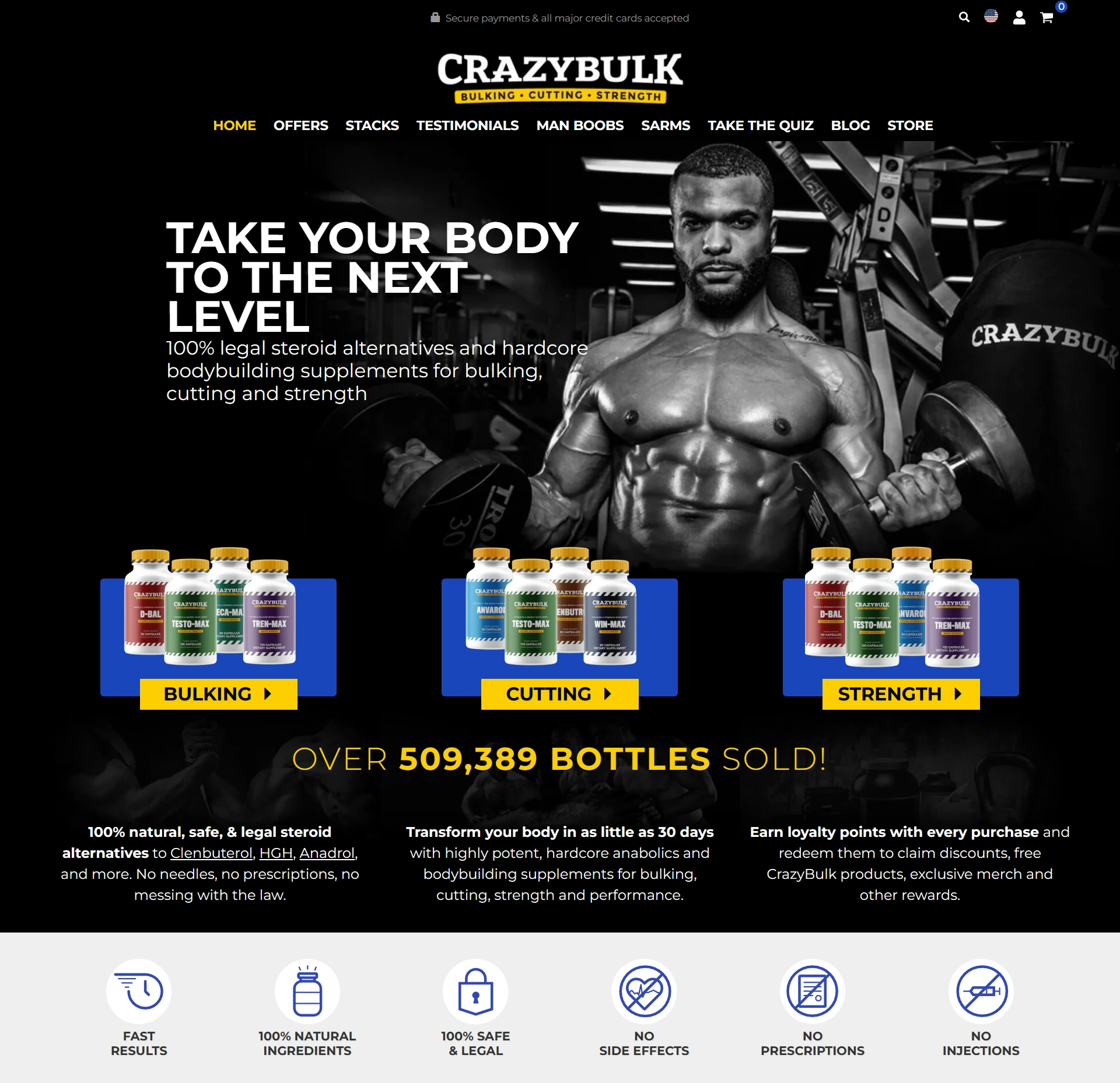
testosterone creme
Add a review FollowOverview
-
Founded Date Ağustos 16, 1951
-
Sectors Marketing
-
Posted Jobs 0
-
Viewed 644
Company Description
Testosterone Therapy: What Men Need to Know About Low T and TRT Treatment Los Angeles Times

Whats the Difference Between Total and Free Testosterone?
Consider supplementation if you’re not getting enough in your regular diet. Where testosterone replacement is being considered, a total testosterone level and FAI measurement are useful to make sure testosterone levels are not already at the upper normal limit. Free testosterone levels are dependent on both total testosterone levels and your levels of SHBG (the protein that binds to it). As we enter older adulthood, understanding testosterone levels becomes increasingly important for overall health and well-being.
% Free Testosterone is a vital biomarker used to evaluate hormonal health, particularly in men, but also in women. This “free” testosterone is biologically active, meaning it is available to interact with cells and exert effects on the body, such as influencing muscle growth, fat distribution, mood, and sexual function. The study found that testosterone levels naturally decline with age, with an average decrease of approximately 1-2% per year. In older adulthood, expected testosterone levels generally range from 200 to 900 ng/dL. This age-related decline in testosterone can have various effects on individuals, including changes in muscle mass, bone density, and sexual function.
The following table illustrates the range of normal “free” testosterone for men and women by age. The molecules of free testosterone can be immediately used by your body because they can simply enter the cells unimpeded by being unattached to SHBG or albumin. That’s why high T-levels in women are considered to be more dangerous than the equivalent condition in men. Spironolactone is one of the most effective medications for women with high T.
When it comes to normal free testosterone levels during adolescence and early adulthood, there are distinct ranges and variations to consider. Research conducted by Smith et al. (2019), published in the Journal of Endocrinology, sheds light on this topic. According to the Endocrine Society’s Clinical Practice Guidelines, the normal range for free testosterone in women is typically between 0.3 to 1.9 ng/dL (nanograms per deciliter). However, it’s important to note that these ranges may vary slightly depending on the specific laboratory and testing method used. Free testosterone and albumin-bound testosterone are called bioavailable testosterone.
Research conducted by Snyder et al. (2016), published in the New England Journal of Medicine, provides insights into expected testosterone levels in individuals aged 50 and beyond. Treatment for low free testosterone levels may include hormone replacement therapy (HRT). This involves the use of synthetic testosterone to supplement the body’s natural levels.
The choice of treatment depends on the underlying cause of the imbalance, the severity of symptoms, and individual patient factors. The next section will explore how lifestyle choices can impact testosterone levels, emphasizing the role of personal health practices in managing and maintaining hormonal balance. It’s important to note that while these strategies can be effective, they may also carry risks. For instance, testosterone replacement therapy can potentially increase the risk of blood clots, sleep apnea, and prostate issues in men. Therefore, any medical intervention should be closely monitored by a healthcare professional.Implementing these strategies can help naturally boost % Free Testosterone, improving overall health and well-being.
If you’re curious, or just want to make sure you’re not deficient, total testosterone will likely give you your answer. This is usually the first step in investigating symptoms of hypogonadism (low testosterone) and makes a great screening test. That’s because the testosterone-albumin bond what is the cause of low testosterone in men easily reversible, meaning testosterone frequently switches between active and inactive forms. This effect is greatest in men as a greater proportion of their testosterone binds to albumin. Total testosterone refers to all forms of testosterone in the bloodstream.
Testosterone levels naturally peak in early adulthood and start to decline gradually around the age of 30. This decline, often referred to as andropause or male menopause, can lead to a decrease in muscle mass, bone density, libido, and changes in mood and cognitive function. While this decline is a normal part of aging, for some individuals, it can lead to significantly lower than normal levels, necessitating medical intervention.
Lifestyle choices play a significant role in determining testosterone levels. These lifestyle modifications not only help in maintaining optimal testosterone levels but also contribute to overall well-being and health. In the next section, we will debunk common myths and misconceptions about testosterone, further illuminating the complexities surrounding this essential hormone. One of the most common causes of testosterone imbalance, especially in men, is aging.

